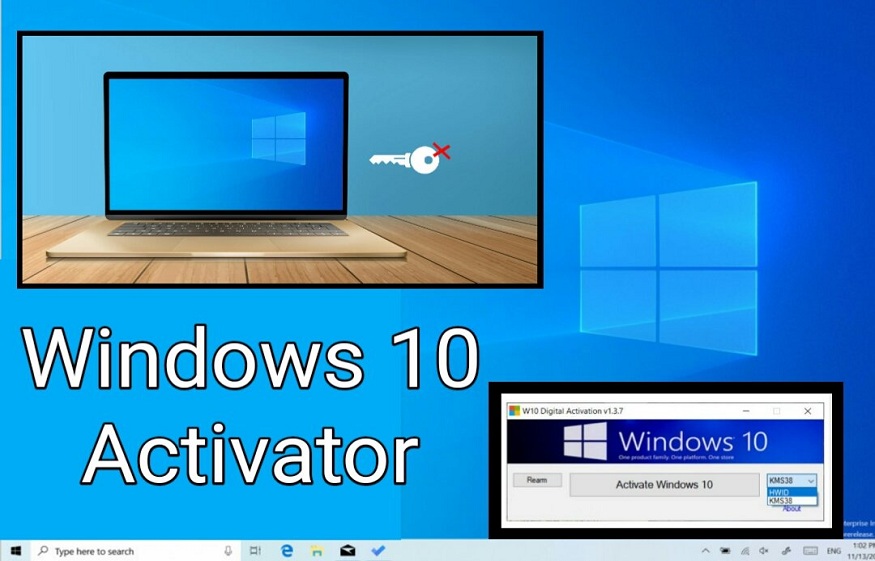System centre configure manager is a great tool for rolling out Windows 10 activator txt. Microsoft provides a huge amount of documentation, in fact so many documents it becomes difficult to know what to do and what not to do. To keep things simple, I will focus on a very simple, but very general scenario:
windows activator txt is installed on new hardware, or hardware that is reusable. In this process the whole PC is wiped and a new OS is installed. I’m not focusing on data transfer. I’m working on the assumption that all data on the network is backed up (due to roaming profiles or folder redirects).Here’s a simple and effective way to use SCCM to roll out Windows 10.
For this you need:
- Windows 7 Enterprise (this is a volume licensed edition. Although most of them also work with the retail edition, the activation and licensing issues are different).
- Functional SCCM installation (you can use PXE boot points etc., but I will not go into details on how to set this up)
- Microsoft Deployment Toolkit 2010. You can download it from Microsoft. You don’t have to be strict, but some tools are really useful. The methods described here are not based on MDT 2010.
Drivers required for all hardware
All software installation packages are ready and tested.
When rolling out Windows 7, keep the following in mind:
- Standardization is important: try to avoid making too many different configurations. This will save time and effort in the rollout, as well as reduce the support load if everyone has (as much as possible) the same set of applications and configurations.
- Group Policies: If you can organize something using group policy, organize it that way. It is easy to manage and can be changed in the future.
- Hardware: Make sure all hardware is up to date with at least 2GB of RAM. Also, avoid having too many different models. Again, standardization is important. Also, hardware from larger manufacturers will be easier to use because they have better driver support.
- Base image: Create a base image on the most basic part of the hardware you have access to (or even better VMware in VMware). Also, this image should only include OS, some patches, and maybe some optimization. Nothing more.
- User state migration. While USMT is a great tool for transferring user data and settings, it also includes bugs with specific hotfixes (installed on properly patched XP, Vista and Windows 7 machines) that require other hotfixes on each computer. Is. During installation. On top of that the USMT is configured using XML files so this is something that needs a lot of testing to work the way you want it to. If you can avoid it, be prudent and do it.
- Documentation: Any changes you make to the default image must be documented. Every step of the process should be documented. I try to keep things simple, but for manageable purposes it is important that the whole system is fully documented. I can’t stress this enough.
Support image creation
I like to create a base image on VMware because it allows me to take snapshots along the way and I can actually keep it on the server as support for future images (eg and updated image with SP1 etc.).While MDT provides a task sequence to build and capture. I prefer the following method. It’s not so much work, it’s more flexible and generally more stable. As mentioned earlier, I prefer to do this on VMware, but not necessarily. It’s best to use the simplest hardware for this (preferably desktop, without the need for too many weird hardware drivers).




